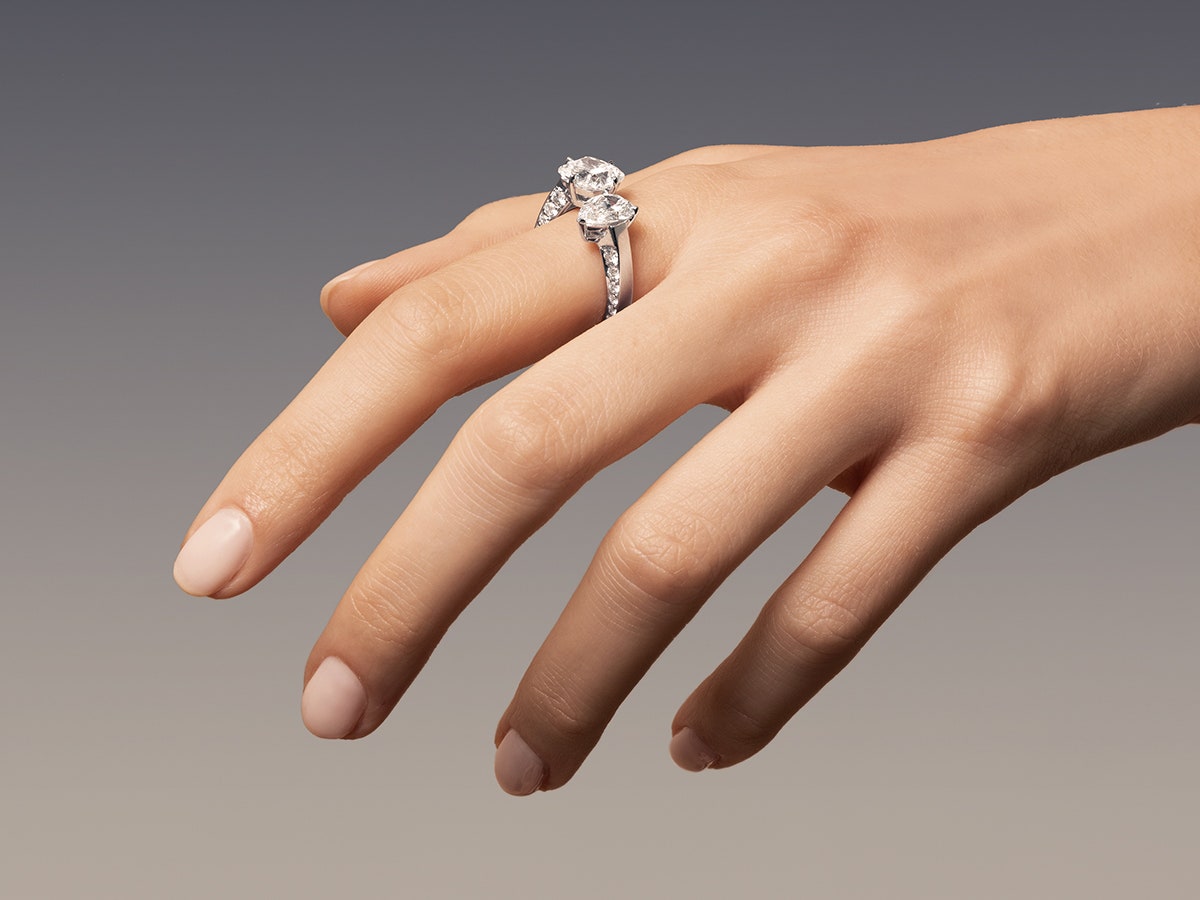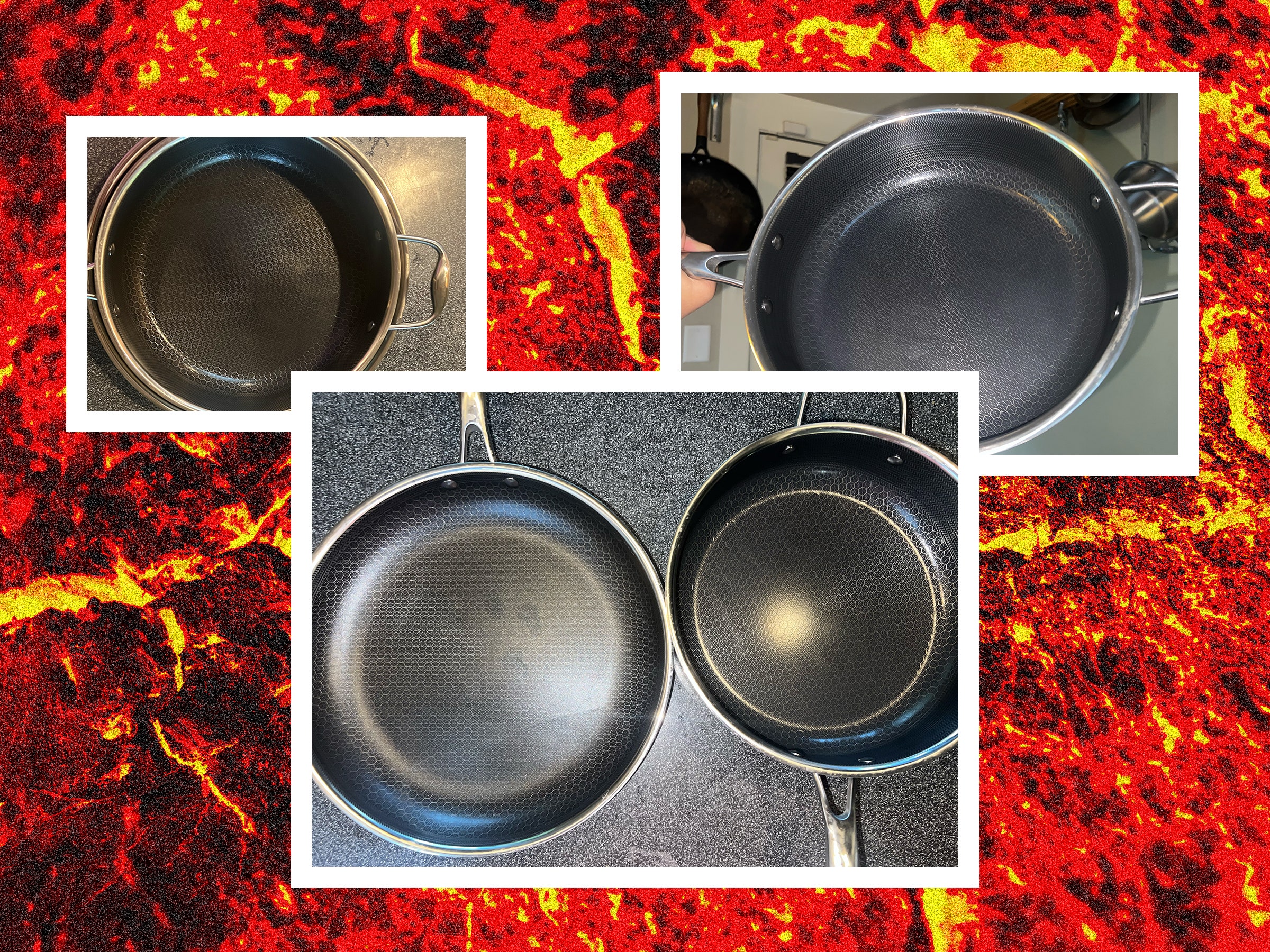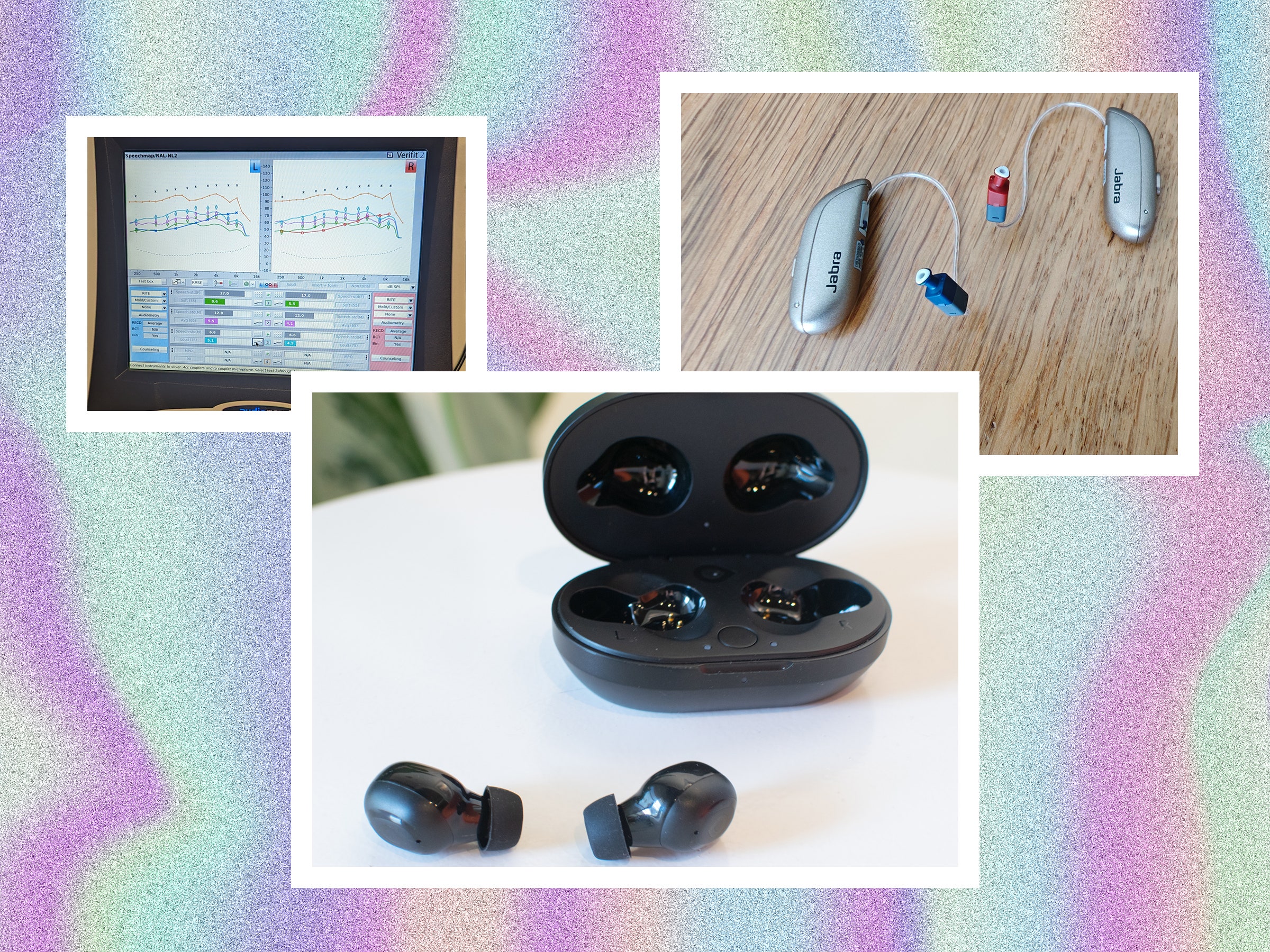Lab-Grown Diamonds Are Everywhere. This Company Thinks It Has the Secret to Making Them High-End

Since their widespread introduction to the market nearly a decade ago, lab-grown diamonds have carved out a substantial slice of the market. Industry analyst Paul Zimnisky recently told the news agency AFP that lab-grown stones accounted for 18.5 percent of diamond sales in 2023 and would exceed 20 percent this year. Perhaps this isn’t surprising now that scientists can grow diamonds in just 150 minutes—faster than you can watch Oppenheimer.
In the US, lab-grown diamonds were forecast to surpass natural stones in terms of units sold by the start of 2024. Yet at the same time, their values have plummeted: the per-carat price caved almost 90 percent in the five years to 2023, according to analyst Edahn Golan.
De Beers, which fiercely resisted the introduction of lab-grown stones but eventually launched its own range called Lightbox, slashed prices in May 2024 before announcing that it was closing down its lab-grown consumer range entirely in June, after six years, stating that the economics of lab-grown diamonds for jewelry were not sustainable.
Indeed, the proliferation of lab-grown diamonds in price points that De Beers does not like to entertain perhaps underlines the brand’s decision to double down on expensive mined gems. Pandora recently launched a campaign, fronted by Pamela Anderson, showcasing its lab-grown diamond collection pieces starting at less than $300.
However, a lab-grown diamond can take on shapes not usually possible from mined stones—something watchmaker TAG Heuer has exploited to great effect with its Carrera Plasma one-off designs. They are predictable, consistent, and untroubled by the ethical and environmental issues that plague traditional diamond mining.
Their influx has, anecdotally at least, contributed to an increase in engagement-ring diamond sizes across the board, as the larger sizes made possible by machine has forced those shopping natural stones to raise their carat game. But they have a PR problem: Despite offering vastly improved value and much better eco credentials, if they become too cheap, lab-grown diamonds will lose their sparkle among buyers who want to know that a symbol of affection came at a meaningful cost.
Now, lab-grown diamond jewelers are pivoting to a more premium model, seeking to establish differentiation within the lab-grown market and appeal to customers’ better nature as well as their magpie instincts. And, for some, it’s working.
LOEV Signature Solitaire ring
Photograph: LOEV
LOEV Floating Diamonds ring
Photograph: LOEV
LOEV Diamond Band ring
Photograph: LOEV
Starting last year, in just nine months, lab-grown diamond label Unsaid launched, revealed a record-setting 36-carat, lab-grown diamond ring, released five collections, and established physical retail in the fashion capitals of London, Paris, New York, Tokyo, Singapore, and other locations. Its 10-carat, five-patent, Rem X ring, which sells for around $43,000, won a 2023 Red Dot Award. The company prides itself on being carbon neutral as well as using recycled gold and platinum.
Others also looking to reverse the decline in the value of lab diamonds are trying to take this approach even further.
Now that lab diamonds are commonplace, LOEV is hoping a “Swiss Made” designation will instil value.
Photograph: LOEV
As well as a commitment to sustainable production, Swiss jeweler LOEV is banking on a quality designation more commonly associated with mechanical watches making the difference as it launches with a “world-first” collection of rings this month.
Based in the Swiss town of Muotathal, near Zurich, jewelry designer LOEV has partnered with lab-grown-diamond specialists Ammil to produce what it says is the first Swiss-made jewelry collection of its kind. Relying entirely on renewable energy sources—90 percent of which come from hydroelectric power, with solar and biomass generation making up the remainder—LOEV is hoping to combat one of the most common criticisms of lab-grown gemstones: their carbon footprint.
The raw unpolished lab-grown diamonds after they have been grown using chemical vapor deposition.
Photograph: LOEV
“We are able to be transparent about every aspect of the supply chain, from the diamond seed all the way to a beautiful piece of jewelry that the consumer holds in his hand,” says LOEV cofounder Niels Schaefer. For any product to be certified as “Swiss Made,” 60 percent of its value must be added within Switzerland; hence the diamonds themselves are grown in Ammil’s facility in Muotathal by a process known as chemical vapor deposition before being cut and sent to India for polishing, then returning to LOEV to be set into the final rings. “It takes time to establish all this, and we hope to bring all the polishing over here at some point,” says James Johnson, operations director at Ammil.
While one of the fundamental positives of lab-grown diamonds is the elimination of environmentally damaging and potentially exploitative mining practices (diamond mines are so physically impactful they can be seen from space), a knock-on assumption can be that the growing process is almost magically quick, clean, and simple. In reality, there is still a sizable amount of work, energy, and even skill required, Johnson says.
Photograph: LOEV
Photograph: LOEV
“There’s a misconception about how much effort actually goes into the production of these diamonds. A lot of people think you press a button and something you’d see in one of Niels’ lovely rings just falls out of the machine. It doesn’t work like that.”
The growth process starts with a “seed”—a thin plate of diamond, laser-cut from an existing stone. This is installed in a vacuum chamber which is flooded with hydrocarbon gases and subjected to heat (1,652 to 2,192 degrees Fahrenheit, or 900 to 1,200 Celsius) and pressure, before a microwave beam causes carbon to condense out of a plasma cloud and crystallize to form diamonds.
“What comes out is this thing, we call it a cake, which is essentially a couple of diamond blocks,” says Johnson. “We then laser off the [excess] carbon, process it, and then physically polish it.”
Depending on the size of the crystals being grown, the process takes upwards of two weeks, which Johnson admits has a not-insignificant energy footprint. “The production cycle does take a lot of power, but we try to mitigate that in every way we can. We don’t believe in greenwashing, we don’t buy carbon credits. Part of the reason we set up where we did is there is actually excess energy” being generated.
Last year, the International Gemological Institute certified the largest ever lab diamond created for jewelry.
Photograph: IGI
One of the natural assumptions made about lab-grown diamonds is that when it comes to size, the sky is the limit, and theoretically that holds true. Researchers at Augsburg University in Germany were able to grow a 155-carat diamond disc in 2017, measuring 92 millimeters across; in 2023, the International Gemological Institute certified a 35-carat lab-grown diamond, the largest ever created for jewelry purposes. Unsaid is claiming its first high-jewelry collection will feature unique pieces up to a staggering 300 carats in size.
According to a survey of 10,000 US couples getting married in 2023, lab-grown stones made up nearly half (46 percent) of all engagement ring center stones and have contributed to a rise in diamond size, with a third of buyers choosing a stone bigger than 2 carats, a 10 percent increase from 2019. Trend analytics company Tenoris highlighted an increase in average carat weight per jewelry item from 1.31 carats in 2022 to 1.61 in 2023.
However, growing for size is not as simple as it sounds, according to Johnson. The tricky part, he says, is that lab-grown diamonds are difficult to grow large with good clarity and color. Plus, the diamond seeds needed to produce such gems generally do not exist in such large sizes, as they are too expensive to produce. “I might have a recipe to make a cake, but just because I have the recipe doesn’t mean it’s going to come out the way I necessarily want it to,” Johnson says. “It’s very scientific and calibrated, but at the end of the day there is a bit of an art to it.”
Lab-grown diamond label Unsaid’s award-winning 10-carat, five-patent, Rem X ring sells for around $43,000.
Photograph: Unsaid
“What we don’t do is called layering, where essentially you stop the process, then grow another diamond on the diamond block. And we’re trying to be as transparent about that as we can. The bigger the diamond, the harder it is. Size is an issue if you’re willing to play by the rules and not lie to the buyer.”
Authenticity, alongside transparency, is another natural battleground in the quest to create a superior lab-grown offering. At Swarovski, which launched its Created Diamonds range—also grown entirely with renewable energy—in the UK this month, following success in the USA, China, and Japan, each stone comes complete with a microscopic laser inscription to attest to its veracity. It’s a more overt level of branding than laser-etched nanodots, which are being used across the diamond industry to enable traceability and verification. But in many ways, perhaps that’s the point.
The cake, above, is essentially diamond blocks grown using a “seed”—a thin plate of diamond, laser-cut from an existing stone. From this excess carbon is cut off before polishing can commence.
Photograph: LOEV
In the world of lab-grown stones, where color and clarity are almost flawlessly assured, where great size is achievable with skilled construction rather than relying on a one-in-a-million find, the high-quality, lab-grown diamond needs its own way to stand out. LOEV is banking heavily on the brand power of “Swiss Made” to achieve this.
As Schaefer says: “You can buy a T-shirt for $5, and you can buy a T-shirt for way more. We have a beautiful product, but if it’s just about the trade of material, and you try to find that raw material at the cheapest price, and you don’t really care about where or how it’s made or who did it, you will always find it cheaper.”




